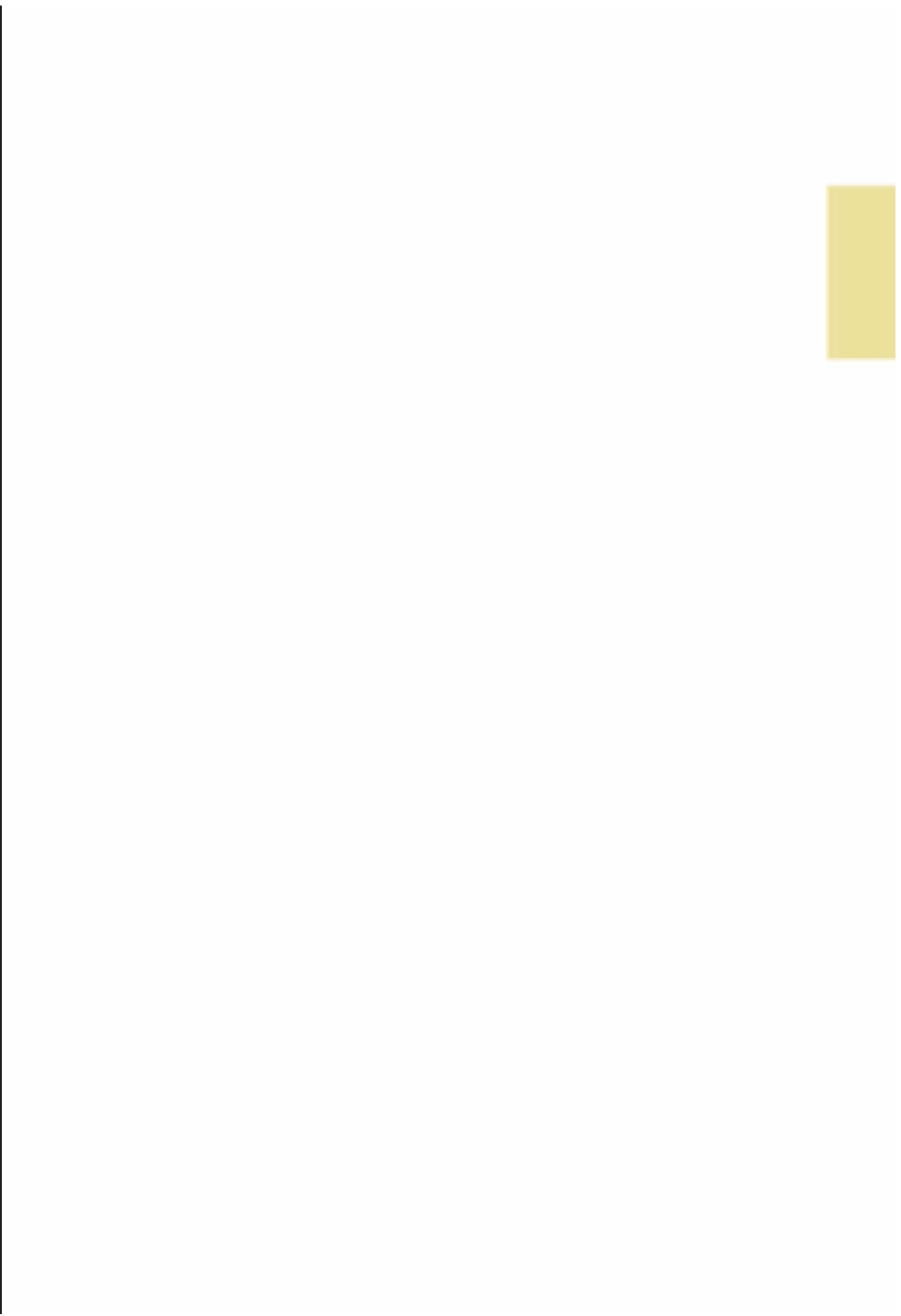Travel Reference
In-Depth Information
CHRONOLOGY
1000 BC
Founding of Tiwanaku on the shores of Lake
Titicaca, centre of a colonial empire comprising much of
modern Bolivia, southern Peru, northeast Argentina and
northern Chile.
c.1000 AD
Tiwanaku dramatically collapses, most likely
as a result of a prolonged drought.
Eleventh to fifteenth centuries
The Aymara take
control of the Altiplano, maintaining a more localized
culture and religion.
Mid-fifteenth century
The Aymara are incorporated
into the Inca Empire, albeit with a limited degree of
autonomy.
1532
Francisco Pizarro leads his Spanish conquistadors to
a swift and unlikely defeat of the Inca army in Cajamarca
(Bajo), Peru.
1538
Pizarro sends Spanish troops south to aid the
Aymaran Colla as they battle both the remnants of an Inca
rebellion and their Aymara rivals the Lupaca. Spanish
control
of
the territory known as Alto Peru is established.
1545
The continent's richest deposit of silver, Cerro Rico,
is discovered, giving birth to the mining city of Potosí.
1691
San Javier is founded as the first of the Chiquitos
Jesuit missions.
1767
The Spanish crown expels the Jesuit order from the
Americas.
1780-82
The last major indigenous uprising, the Great
Rebellion, is led by a combined Inca-Aymara army of Túpact
Amaru and pac Katari.
1809
La Paz becomes the first capital in the Americas to
declare independence from Spain.
1824
The last Spanish army is destroyed at the battle of
Ayacucho in (Bajo) Peru.
1825
The newly liberated Alto Peru rejects a union with
either (Bajo) Peru or Argentina, and adopts a declaration
of independence. Bolivia is born.
1879
Chile begins the War of the Pacific by occupying the
entire Bolivian coastline and invading Peru.
1899
The Federal Revolution consolidates power of the
new tin-mining barons and creates
a new administrative
capital in La Paz.
1904
Bolivia finally cedes its coastline to Chile, in addition
to losing the Acre to Brazil.
1932-35
The Chaco War with Paraguay ends in stalemate
and huge loss of life.
1952
The National Revolution sees armed civilians defeat
the army in La Paz and the ascension to power of the MNR
(Revolutionary Nationalist Movement).
1964
A resurgent army led by General René Barrientos seizes
power, beginning eighteen years of military dictatorship.
1967
Che Guevara is captured and executed in the hamlet
of La Higuera.
1970s
General Hugo Banzer heads a brutal military regime,
coinciding with an unprecedented period of economic growth.
1980-81
The most brutal and corrupt regime in modern
Bolivian history is led by General Luis García Meza.
1985
Bolivia plunges into a recession as the bottom falls
out of the tin market, and the economic vacuum is filled by
the production and export of cocaine.
Late 1990s
US-backed coca eradication policies provoke
widespread resistance, led by indigenous activist Evo Morales.
2005
Evo Morales is elected as Bolivia's first indigenous
president with an absolute majority and a programme of
nationalization and agrarian reform.
2008
Morales suspends US Drug Enforcement programme,
accusing agents of espionage. In retaliation, the US adds
Bolivia to its drugs blacklist and suspends trade preferences.
2009
New constitution agreed, giving greater rights to
indigenous people. Morales is elected for a second term.
2011
Mass demonstrations lead to a suspension of govern-
ment plans to build a Brazil-funded highway through the
TIPNIS reserve.
2012
The first census for eleven years finds a population
increase of over two million.
2
ARRIVAL AND DEPARTURE
Bolivia isn't the easiest country to fly to.
The only direct services are from Madrid
in Europe, Miami in the US and from
neighbouring South American countries,
the most frequent connections being
from São Paulo in Brazil, Buenos Aires in
Argentina and Lima in Peru. In Bolivia
itself the principal international
airports
are: El Alto in La Paz (see p.170) and
Viru Viru in Santa Cruz (see p.210); the
former boasts the highest airport location
in the world. Once you're in Bolivia,
flying
is actually a relatively cheap and
convenient way to get around, especially
in the rainy season when many roads
are impassable. Bolivia has land borders
with Argentina, Brazil, Chile, Peru and
Paraguay; full details of the main border
crossings are given in accounts of relevant
departure points.
FROM ARGENTINA
The principal
border crossing
is from
La Quiaca in Argentina to Villazón in
the southern Altiplano (see box, p.196),
with regular bus and train connections
to the desert town of Tupiza. There's also
a crossing between Pocitos in Argentina
and Yacuiba in the Chaco (see p.216),
from where it's possible to travel by bus
or train to Santa Cruz.






































Search WWH ::

Custom Search